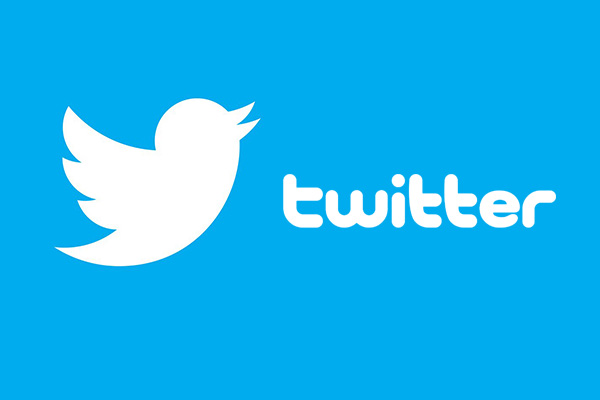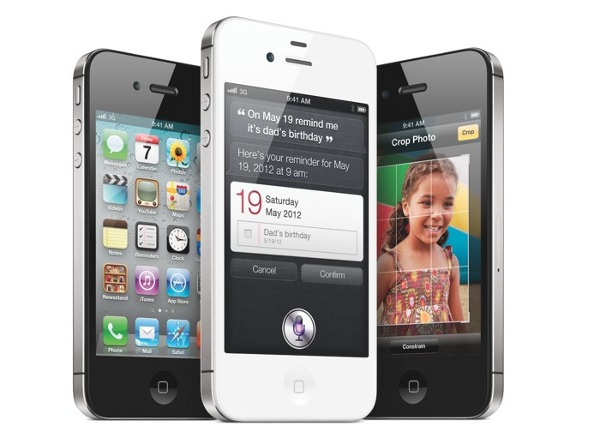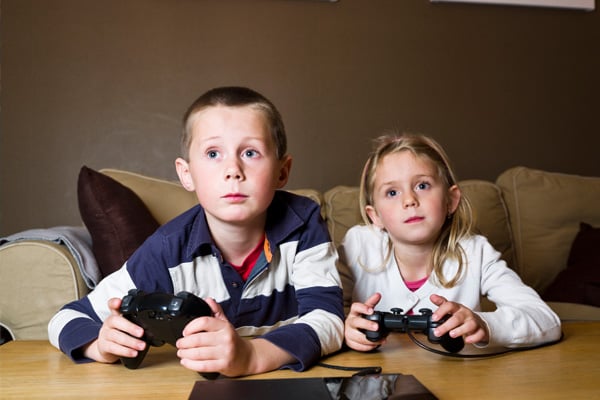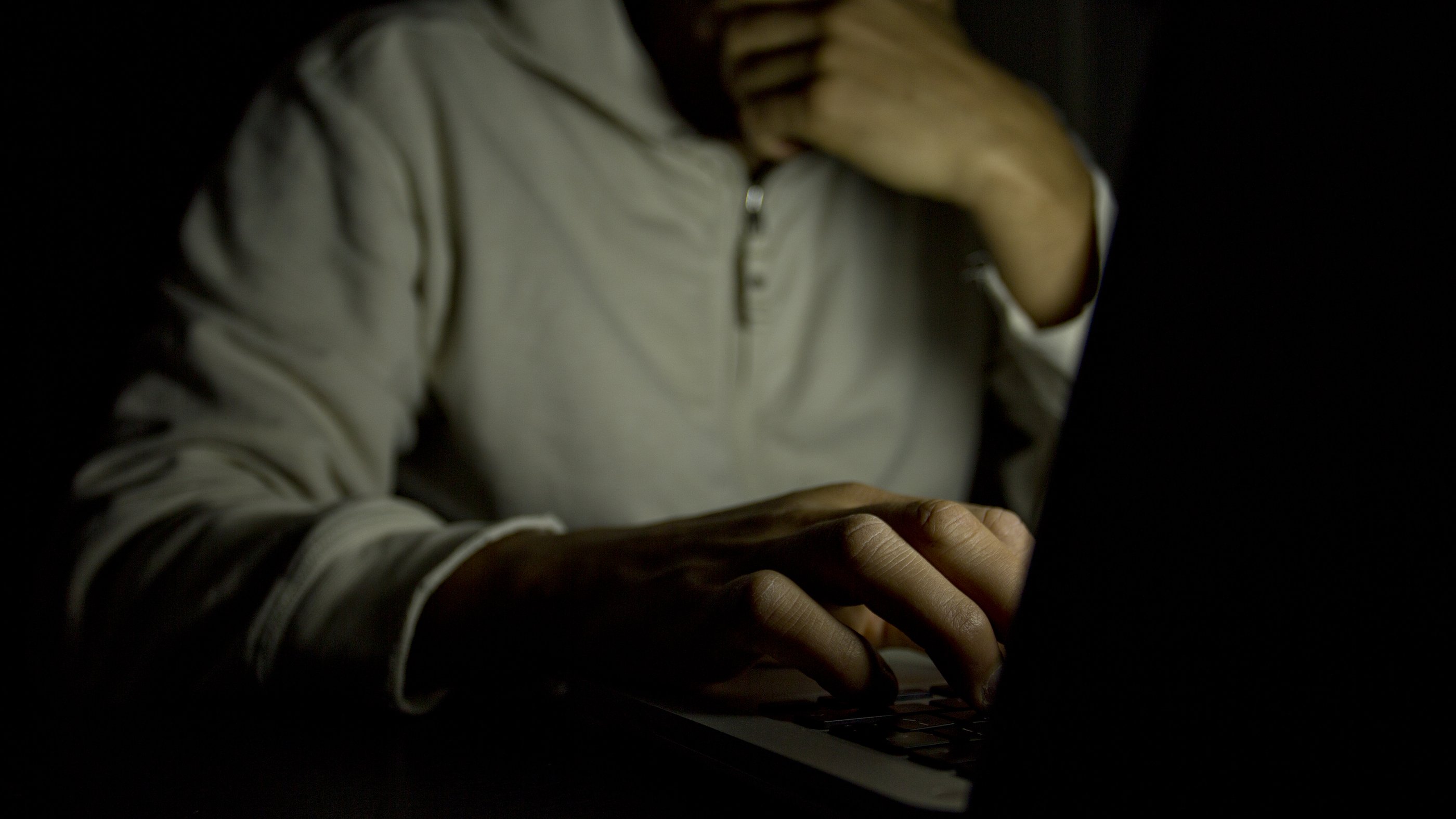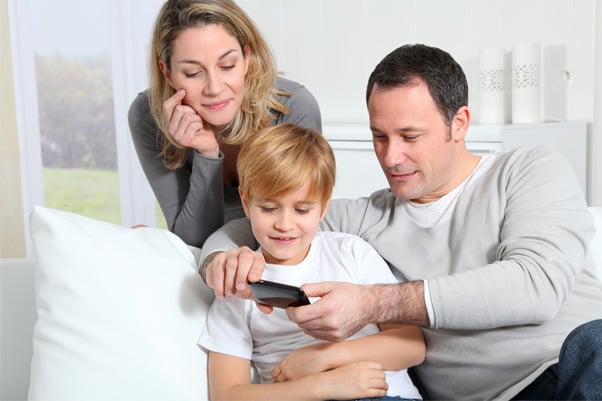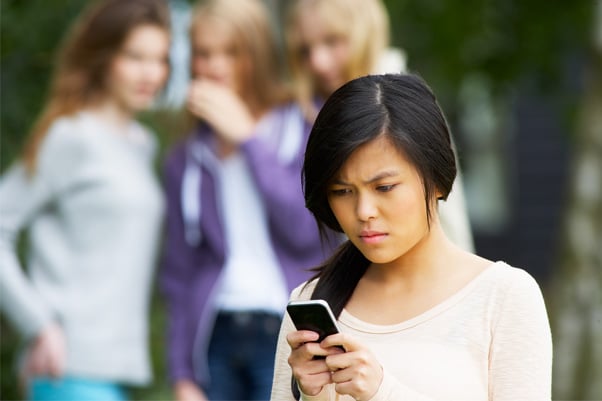Texting can be regarded positively or negatively in a household. Learn how to see the silver lining of texting and end up using it as a tool for digital parenting. This article was originally published on The Huffington Post by John Duffy.
My son George, my one and only child, is now an 18-year-old man. In a few short months, we will be dropping him off at college. He's busy focusing on his senior year in high school. That moment hugging his Mom and I goodbye on some quad a few months from now isn't remotely on his radar. For him, it's just some hazy, remote construct of a distant future.
But my wife Julie and I sense that hourglass emptying, that moment approaching in double time. We take turns being upbeat and distraught, our scripts ranging from how exciting this next chapter will be for him and how ready he is, to how quiet and dead this house will feel come September. We are both working overtime to be available to every moment with him, every swim meet, awards ceremony, late night talk, even silent breakfast. We drink him in, knowing soon, this iteration of our lives together ends.
Now, today is Saturday, and after sleeping in, I thought George and I might grab a sandwich, a frequent weekend tradition for us.
But today, he had plans with his buddies. He jumped in the shower, grabbed car keys and bounced. Of course, that's how it should be: a guy should spend Saturday having a good time with his buddies, not hanging around with Dad. That would have been my last choice at 18 too. Still, as he pulled away, I swear I could hear the opening notes of "Cat's in the Cradle" swelling gently in the background. Lump in my throat, I made alternate plans. I began to work, distractedly, in silence.
Read More »

